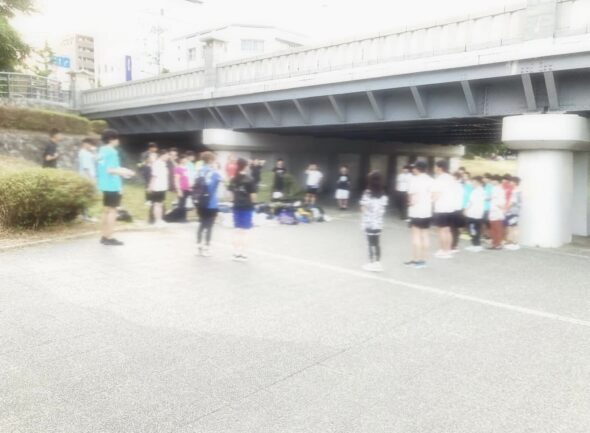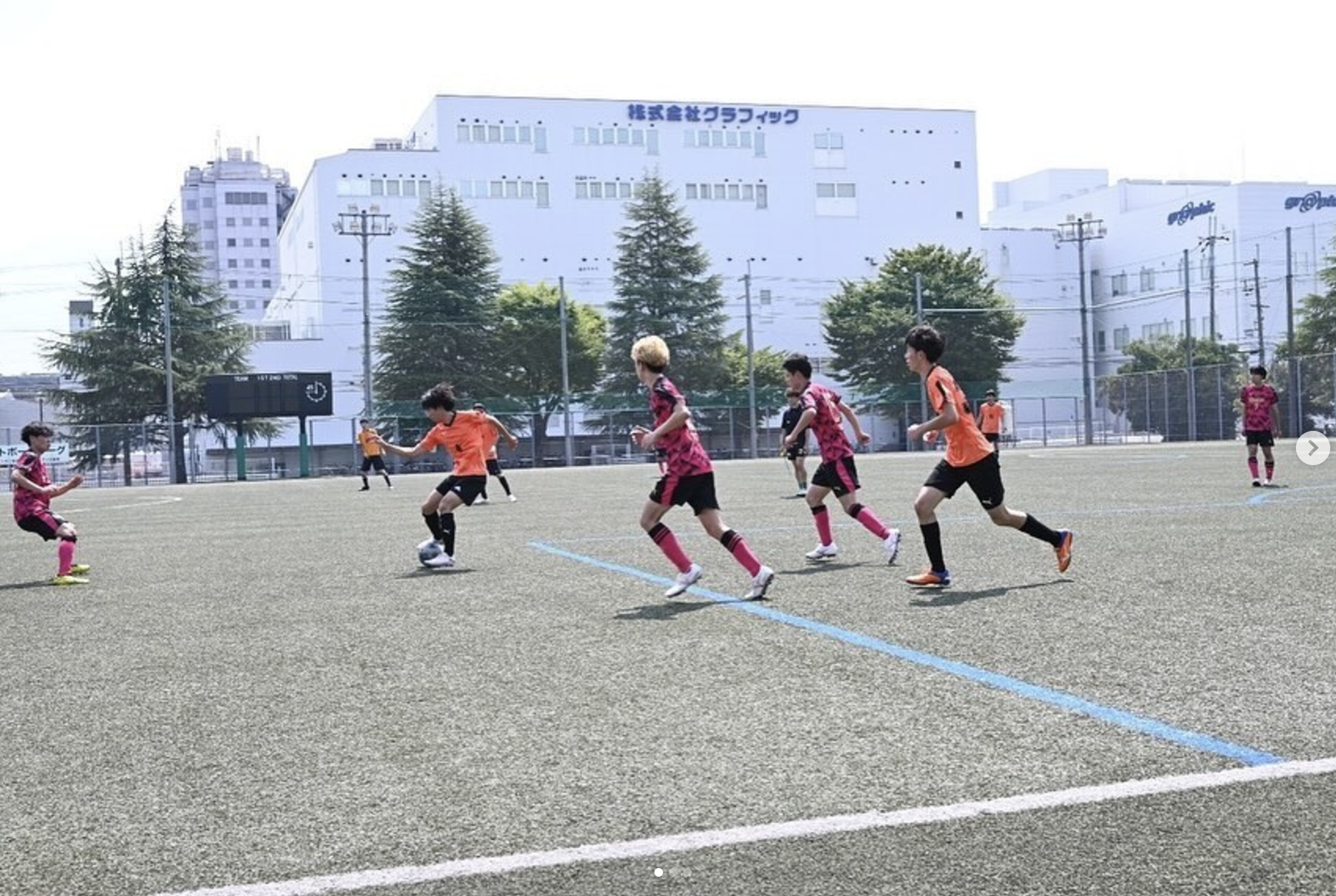
For my CIP, I joined Sieg FC, a soccer circle at Kyoto University. For clarification, soccer clubs work different in Japan, with the official university team being referred to as the “soccer club” (サッカー部) and unofficial ones (often several) being referred to as “soccer circles” (サッカーサークル). We met 1 – 3 times a week and I was able to play in a game against another circle from a different university in Kyoto. The level of play would be comparable to a Sunday league in the US, and that was about how serious everyone took it as well.
It was a bit difficult to find a club to join at first, but I was able to join Sieg because my conversation partner was already in it, and he essentially acted as a reference to get the schedule and start going to practices. I had been largely ignored/dodged when I tried to express interest in other soccer clubs, so I’d recommend going along a similar route I did in order to join one if you are interested. I think this is just due to the fact that the students aren’t sure if an exchange student would be able to fit in due to the language barrier, so with somebody who already knows you it is much easier.
I really enjoyed my time with the club, and although it was slow getting started and a bit awkward talking to everyone, over time I got to know a few people and it was really cool getting a glimpse into soccer culture in Japan as compared to the US. Regardless, soccer is still soccer no matter where you go, so it was a great avenue to get to know other Japanese students through that common ground.
Compared to other activities however, I think joining a club, especially a sports one, places the responsibility of interacting with people and making friends on you. Although it’s good I didn’t feel like I was treated differently, it meant I had to go out of my way to get to know people, which actually ended up being good Japanese practice.

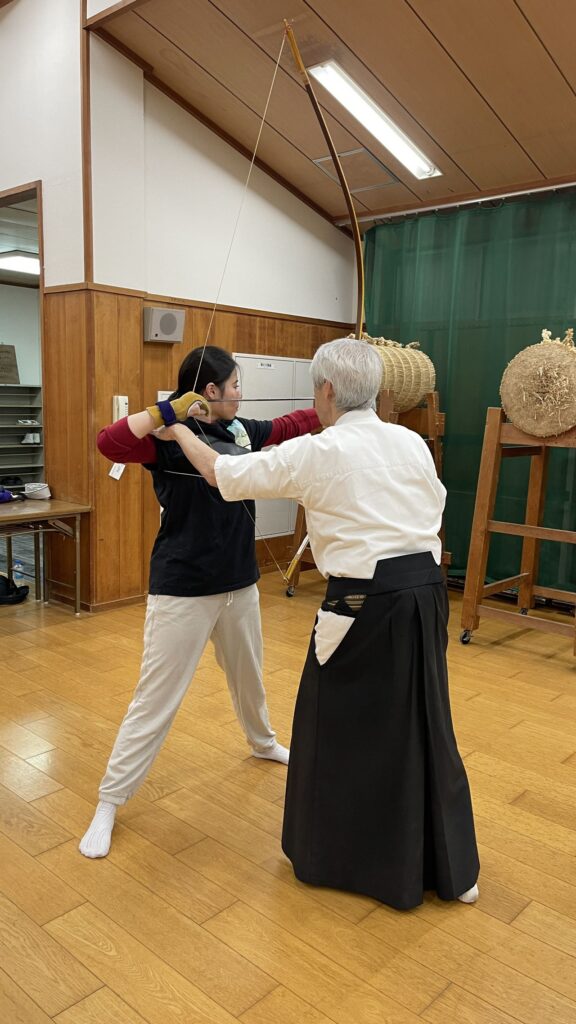
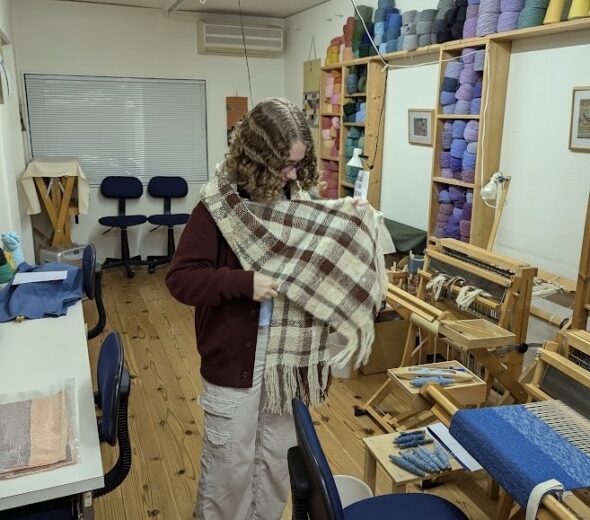
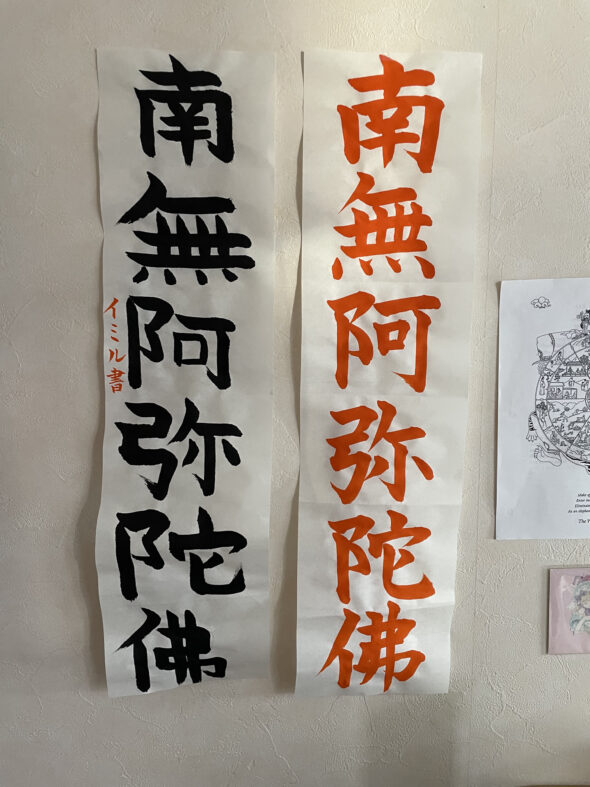
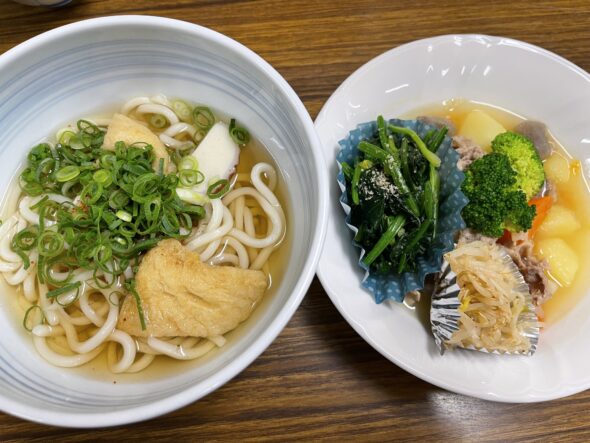
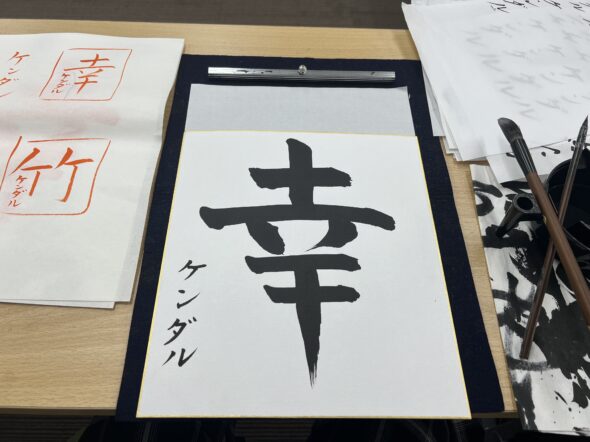
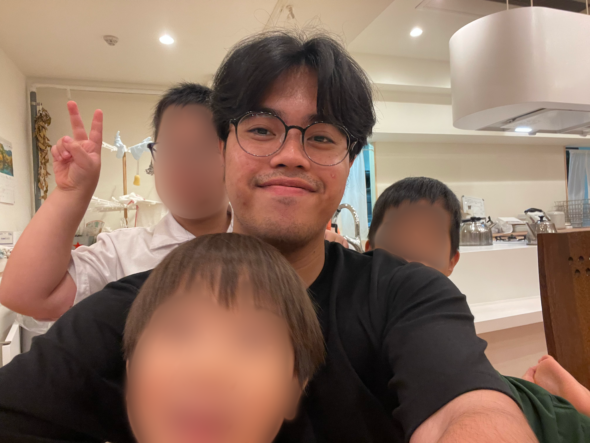
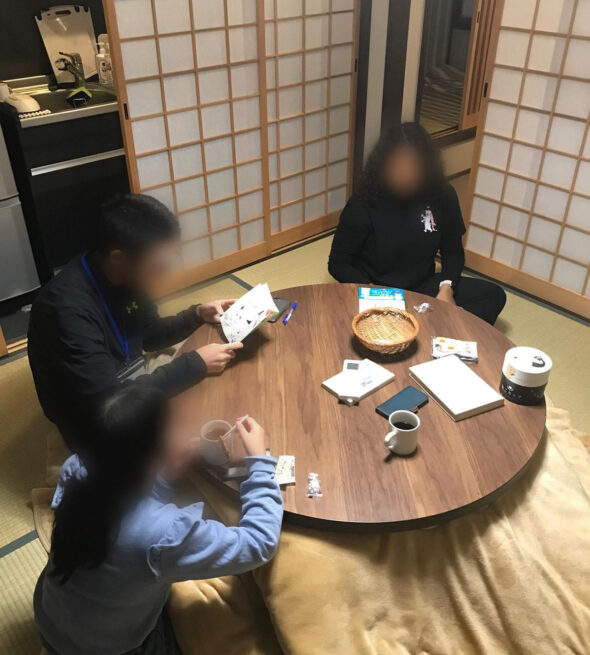
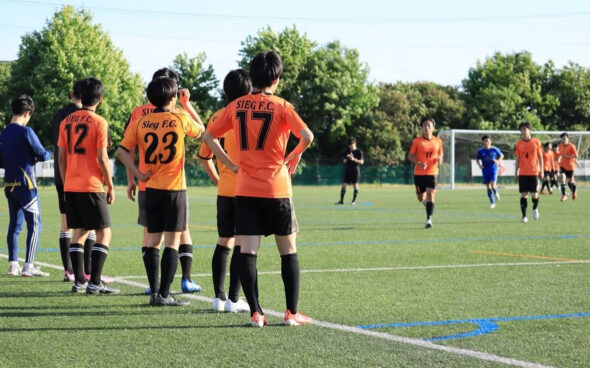 I
I